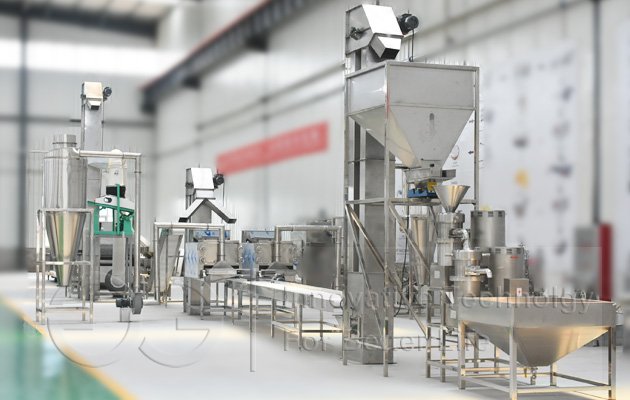Honouring Generosity: Harold Matzner’s Philanthropic Record
One name connected with relentless dedication to charity and community service is harold matzner. His great efforts have not only changed the scene of philanthropy but also established standards for the next generations of givers. Emphasizing the whole scope and depth of his services to society, this essay investigates the enormous influence of his charitable activities.
An advocate of learning
The foundation of society is education, hence the donations of this benefactor have been especially important in increasing the access to education for the less fortunate. Through significant scholarships and financing for educational initiatives, he has helped close the disparity between talent and opportunity. Many of the people he invested in have gone on to have major effects on their local communities.
Encouragement of Healthcare Innovations
In the field of medicine, his impact is shown in large gifts to treatment and research institutions. Thanks to these advances in sophisticated medical research, society as a whole gain from ideas developed. Through enhanced health services and facilities, he has directly impacted the well-being of thousands of people by concentrating on healthcare, thereby exhibiting a great dedication to enhancing lives.
Advocacy of Arts and Culture
Appreciating cultural enrichment, his commitment also reaches into the arts. Funding for local museums and art projects not only helps to conserve many cultural treasures but also opens the arts to a larger audience. His vision of a thriving cultural community has supported local artists and given them a stage on which to grow.
The charitable path taken by harold matzner is evidence of the force of vision and kindness. His legacy resides in the lives he has changed as much as in the money he has distributed to uplifting communities. When we consider his extraordinary gifts, it is evident that his real influence is in his capacity to motivate people to donate back and change the world. Harold Matzner’s charitable legacy is a lighthouse of hope and kindness for the next generations as his tale is about the heart and soul poured into every cause he has touched, not only about the money given.








































